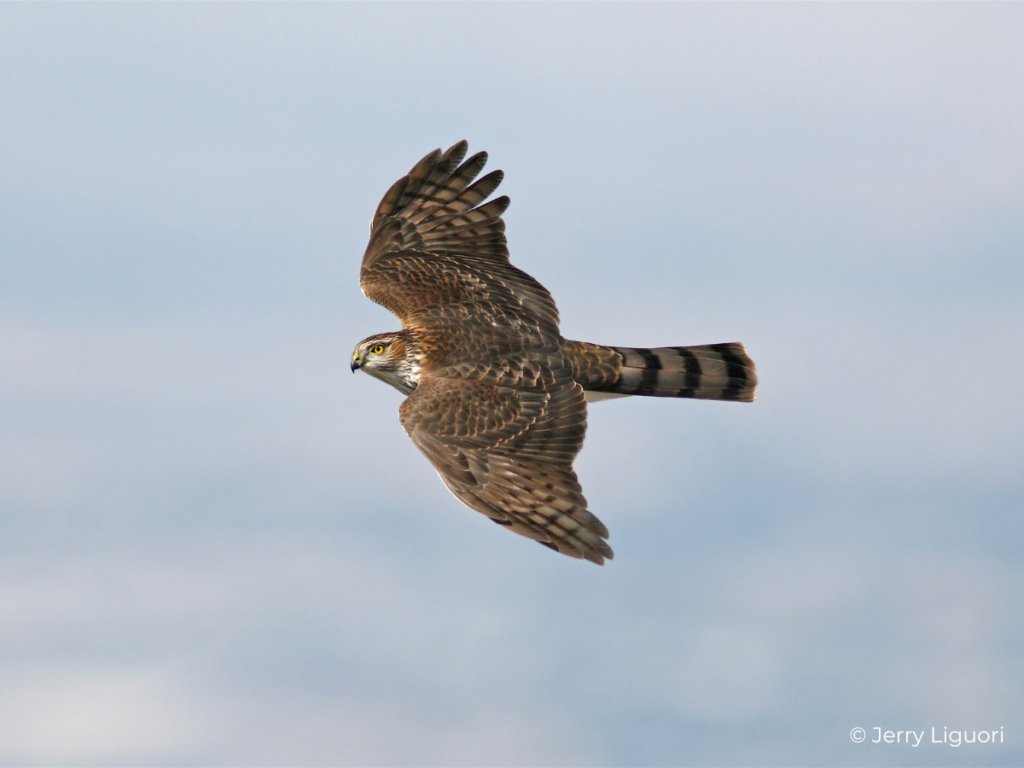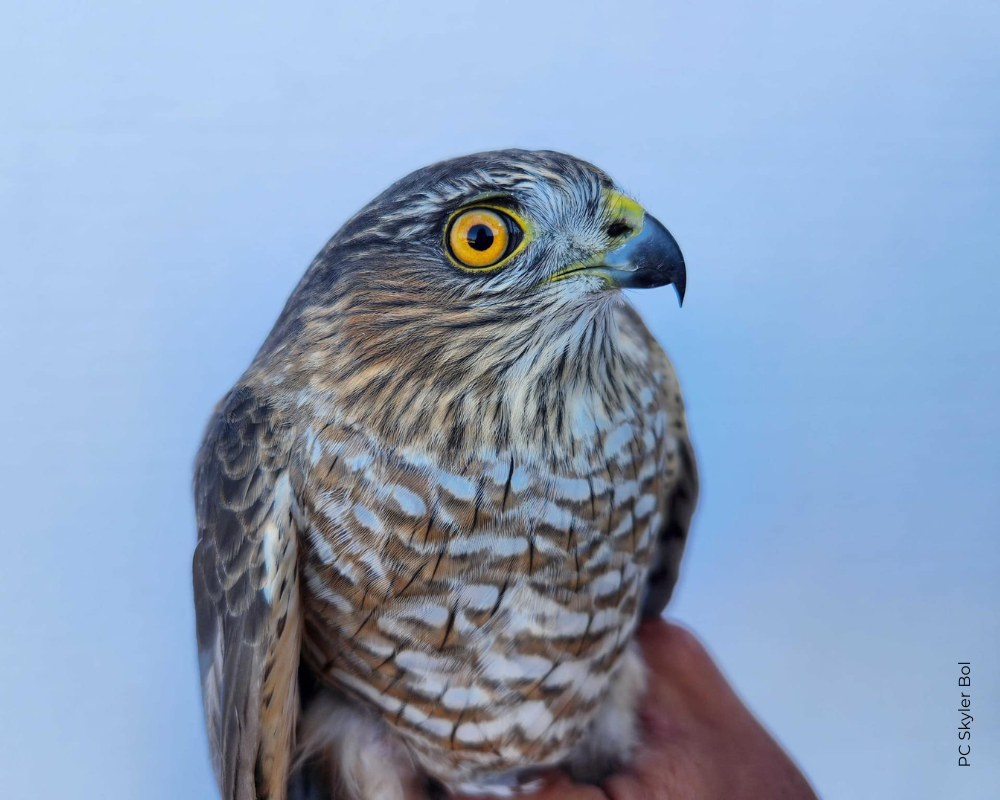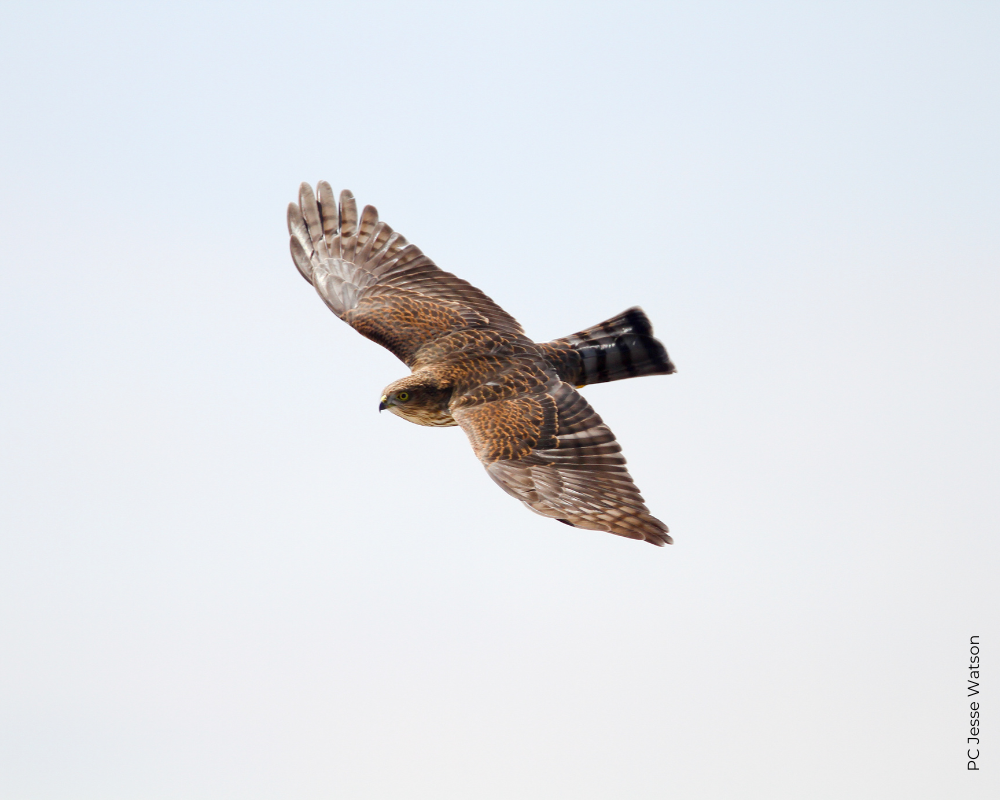Overview
Sharp-shinned Hawks are the smallest hawk in North America (males). They are regular visitors to winter backyard bird feeders, not to feed on millet or sunflower but to prey on the attracted songbirds. “Sharpies,” as often referred to, are strictly bird eaters, preying on birds up to the size of a dove or quail. They are agile enough to chase songbirds through the most tangled thickets and reappear unscathed. Sharp-shinned Hawks nest in secluded, coniferous woodlands but winter in edge habitats and suburban areas.
Sharp-shinned Hawks winter primarily from the US-Canadian border to Central America. They breed from May through August from Alaska through Canada, south into the Lower 48, but are absent in the southern U.S. They are fairly common across most of the Lower 48 during migration, especially at raptor migration hotspots, but are rarely encountered during summer. Recent migration counts at many sites show a general decline, but count numbers are difficult to assess due to many variables. When courting, they give a repeated, descending “kil, kil, kil, kil, kil,” also a series of high-pitched “chirps” when agitated.




